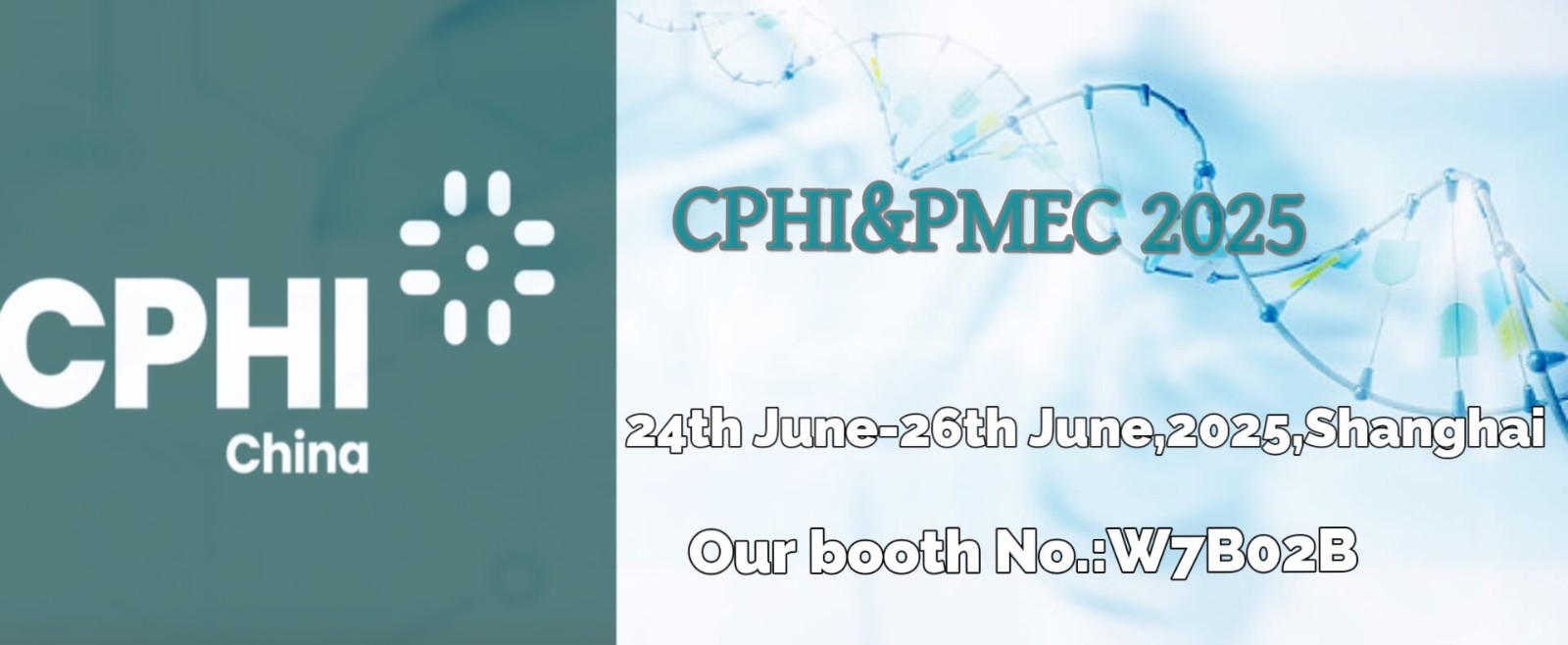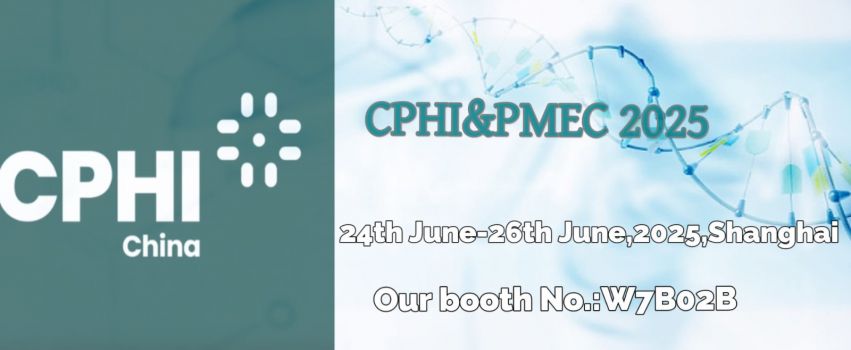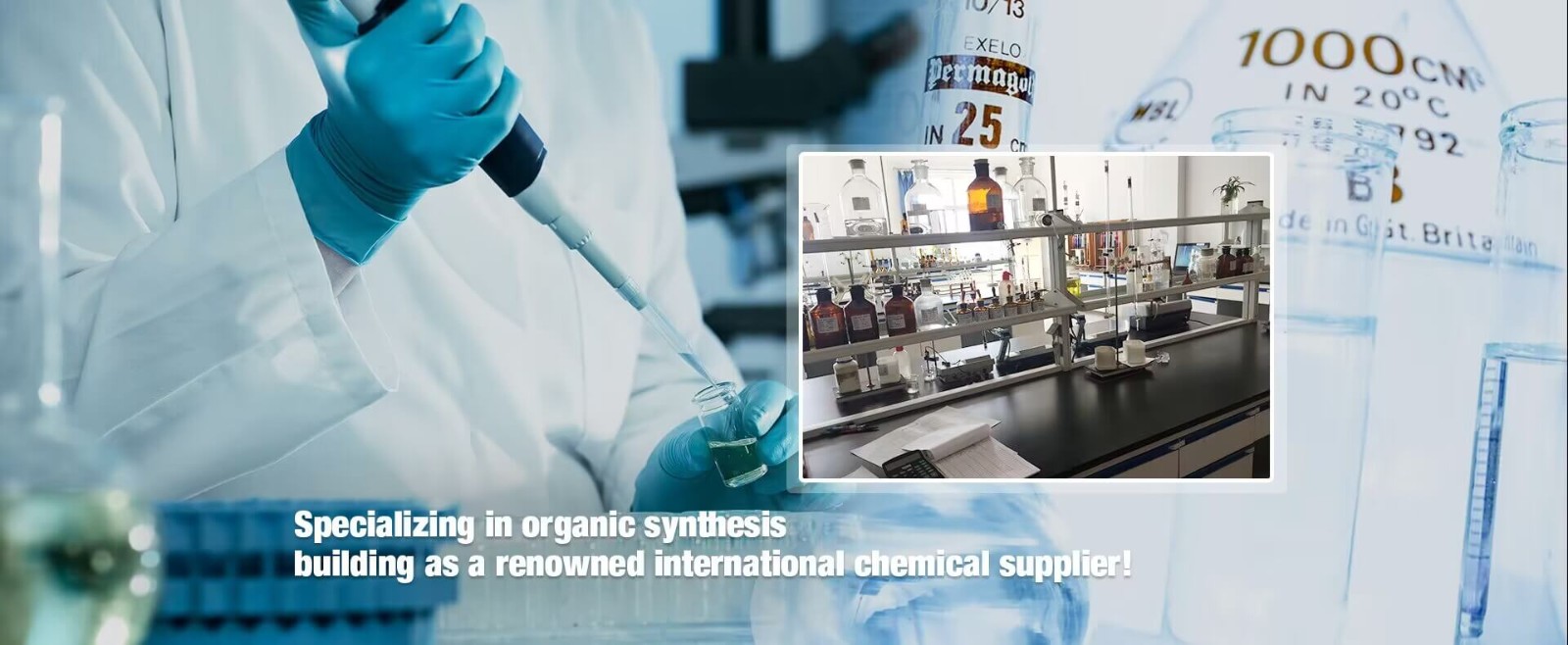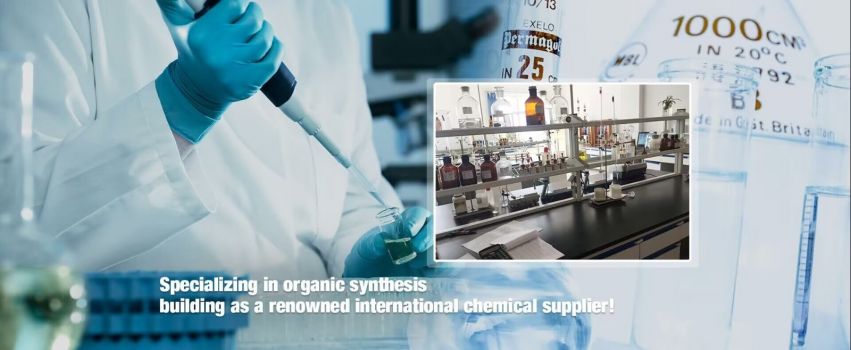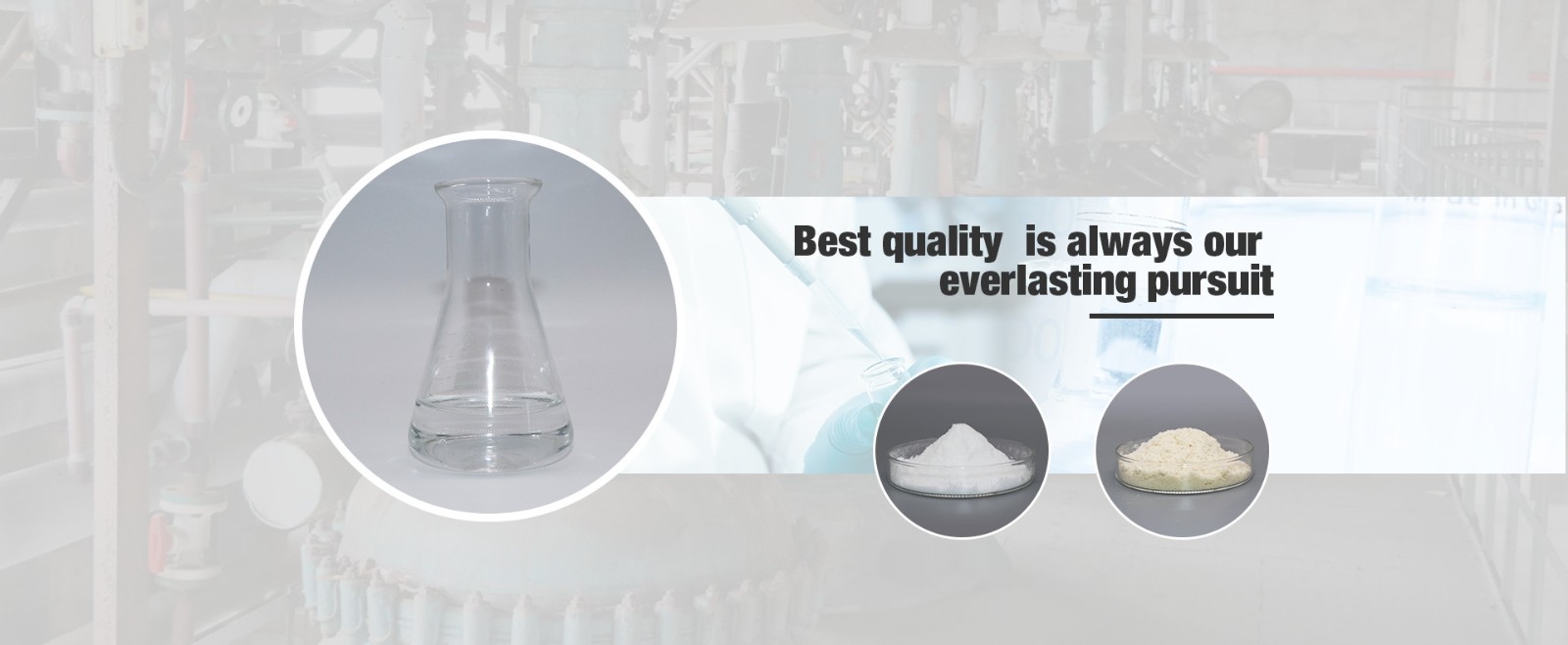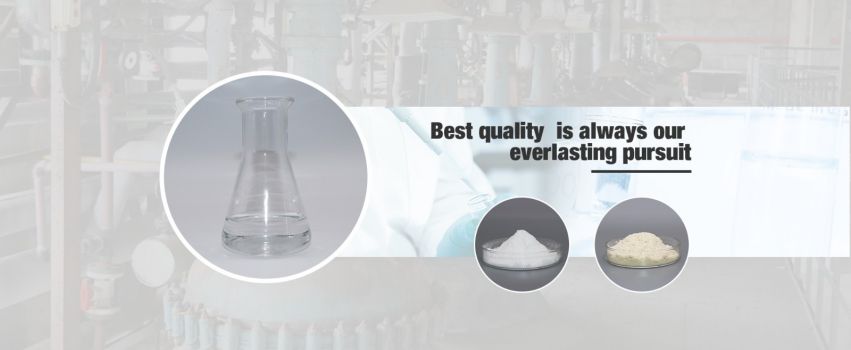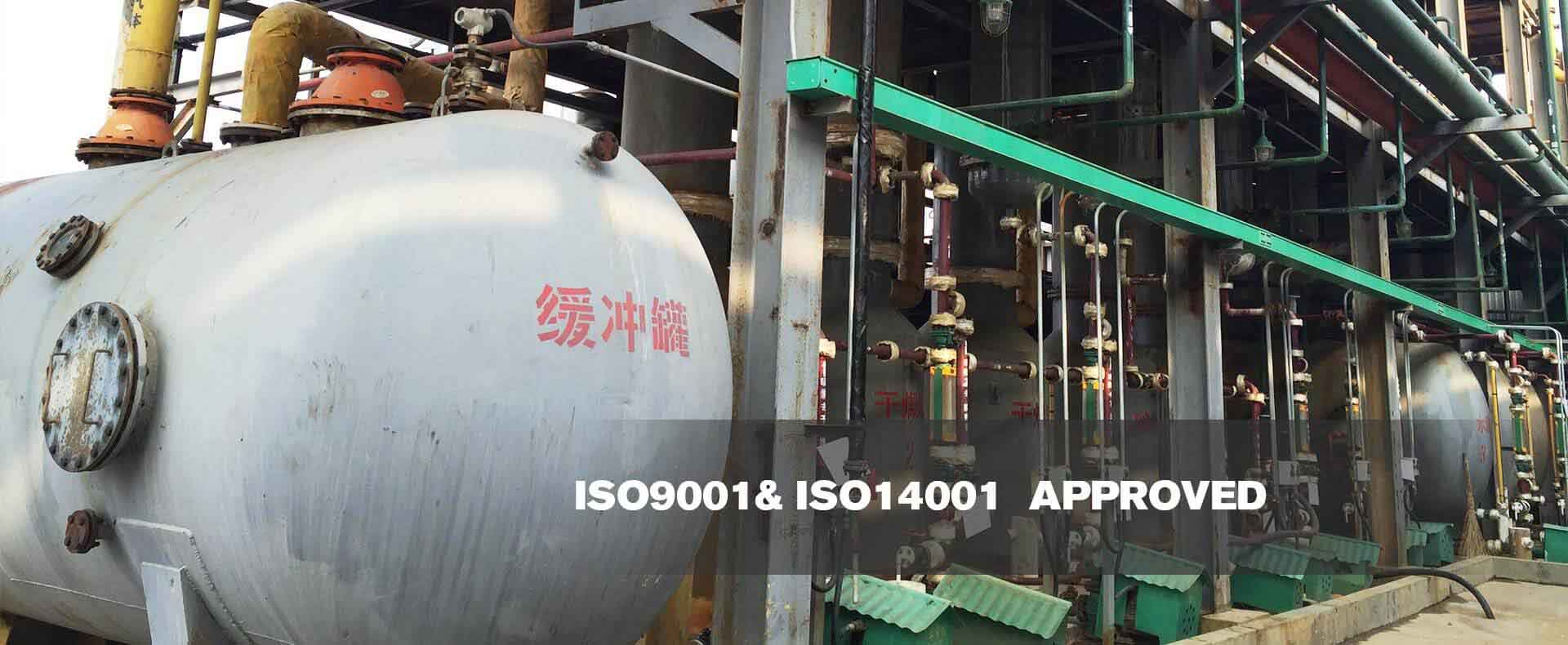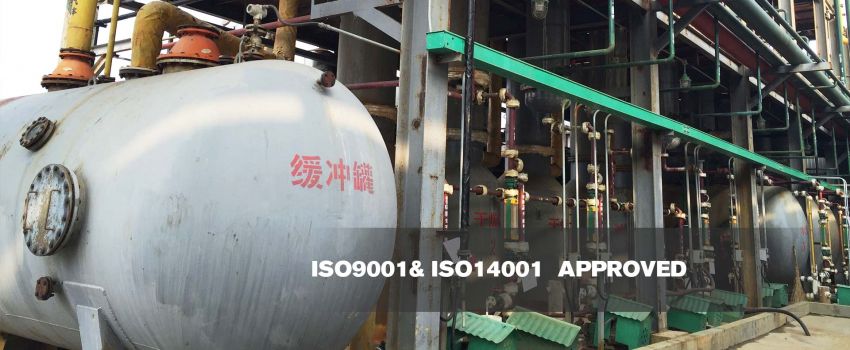Mechanism of Corrosion Inhibitor(Part 2)
Aug. 31, 2020
The effects of mixed corrosion inhibitors on the electrochemical process of corrosion are mainly manifested in: ①It reacts with the anodic reaction products to form insoluble substances, which are deposited closely on the metal surface to play the role of corrosion inhibition. The corrosion inhibition of phosphates such as Na3P04 and Na2HP04 to iron, magnesium, aluminum, etc. belongs to this type; ②Form colloidal substances, compounds that can form complex colloidal systems can be used as effective corrosion inhibitors, such as Na2Si03, etc.; ③Gelatin and gum Arabic can be adsorbed on the surface of aluminum, while pyridine and organic amines can be adsorbed on the surface of magnesium and magnesium alloy, so they can all play the role of corrosion inhibition. Our company provides p-aminobenzamide.
Physical and chemical mechanism of corrosion inhibitor
From a physical and chemical point of view, the role of corrosion inhibitors can be divided into three types: oxide film formation, precipitation film, and adsorption film. Therefore, corrosion inhibitors are also divided into oxide film type corrosion inhibitors, precipitation film type corrosion inhibitors, and adsorption film type corrosion inhibitors.
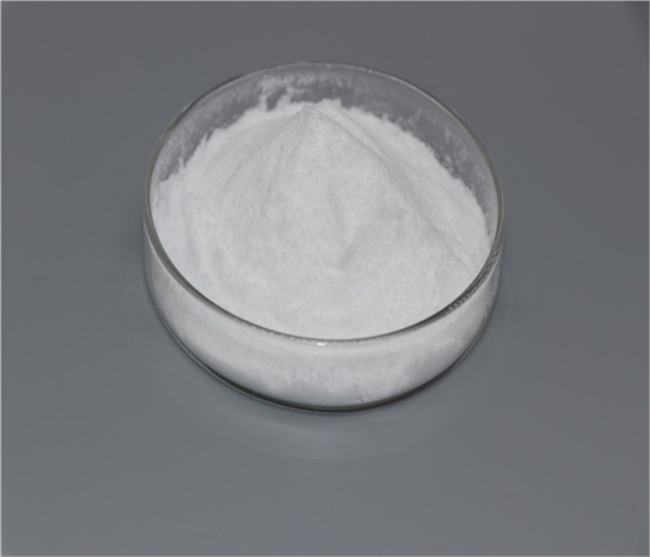
1. Oxide film type corrosion inhibitor
The oxide film type corrosion inhibitor itself is an oxidant and can interact with metals. Or it does not have oxidizing properties. The dissolved oxygen in the medium is used as the oxidant to form a tight oxide film on the metal surface, which hinders the metal ionization process, thereby slowing down the corrosion of the metal. This corrosion inhibitor is also called a passivator. The corrosion inhibition effects of potassium dichromate, potassium chromate, and potassium permanganate on aluminum and magnesium in aqueous solutions containing oxygen belong to this category. Oxide film type corrosion inhibitor has high corrosion inhibition efficiency and has been widely used. However, if the amount is insufficient, large cathodes and small anodes may be formed on the metal surface and pitting corrosion may occur. Therefore, this type of corrosion inhibitor is also called "dangerous corrosion inhibitor".
2. Precipitation film type corrosion inhibitor
Precipitation film type corrosion inhibitor, as the name implies, forms a precipitation film on the metal surface. The precipitation film can be formed by the interaction between the corrosion inhibitor molecules, or by the action of the corrosion inhibitor and the metal ions in the corrosion medium. In most cases, the precipitation film is formed in the cathode area and covers the surface of the cathode, which separates the metal from the corrosive medium and inhibits the electrochemical corrosion of the metal, that is, the cathode inhibition type. Sometimes the precipitation film can cover the entire surface of the metal while inhibiting the anode process and the cathode process of the electrochemical corrosion of the metal. This is called the hybrid inhibition type.
The above information is provided by organic fine chemicals supplier.
-
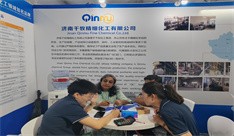
CPHI & PMEC China (Shanghai) 2025 --- we are coming!
Mar. 14, 2025
-
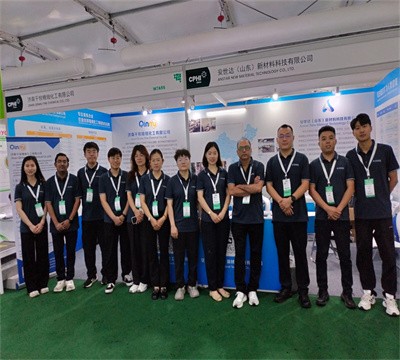
Nice to meet you——CPHI 2024 Shanghai
Jul. 08, 2024







